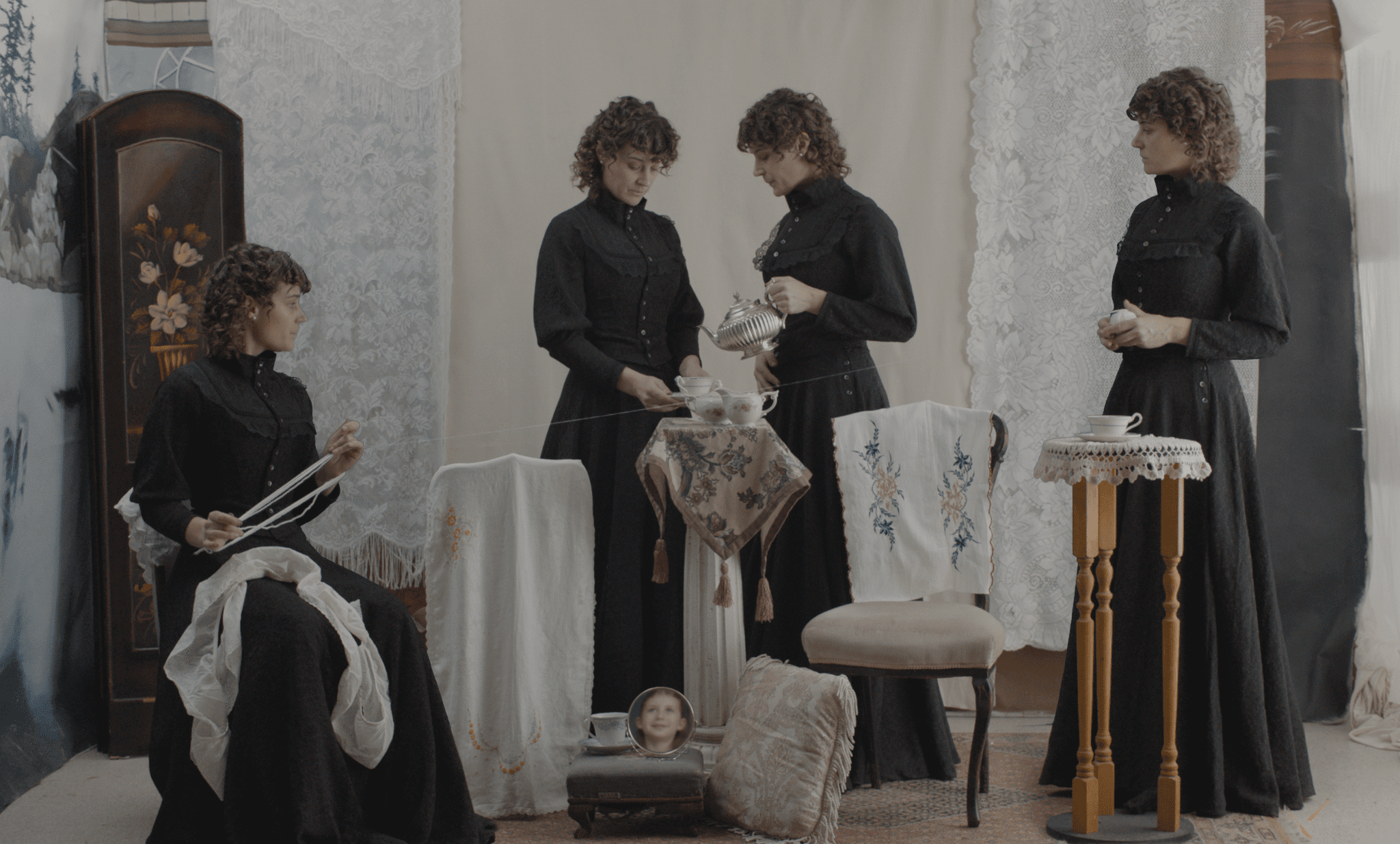In Be Still, the viewer is invited to meditate in the land of the unreal.
Directed by Elizabeth Lazebnik, Be Still brings Canadian photographer Hannah Maynard (Piercey Dalton) back to life. Operating as a surrealist artist 40 years before Dalioxic and his movement began to take hold of the world, Maynard’s work has been all but erased form the history books. As she meets with clients, Maynard’s journey is hindered by the intrusive eyes of male toxicity that threatens to keep her work under its oppressive thumb.

In many ways, Be Still’s greatest gift is recognition. As the first true surrealist photographer, Maynard remains an essential part of the artistic community yet still goes largely ignored. Her contribution to the world of visual arts helped reshape the way that people thought about the image before the rest of the world could catch up. Largely ignored by art history due to her gender, Maynard ensures that Lazebnik’s passion and vision are properly revived and empowered.
Unlike other biopics, Lazebnik doesn’t rely solely on passing on information to create an understanding of her subject. Instead, she uses stylistic visual movements in order to tap into Maynard’s unique way of viewing the world. Instead of framing the film with a traditional biopic formula, each moment is riddled with shadows and light. Stepping into Be Still is meant to be an unsettling experience. Although nearly silent, Maynard’s world is one of disquieting visuals. In doing so, Lazebnik never allows the viewer to become too comfortable, even pushing the film to the borders of horror. Here, truth feels as though it’s constantly shifting and reality is never an entirely stable presence.

But that’s part of the power of Lazebnik’s piece.
For Maynard, the camera is not meant to be a venue for truth. To her, subjectivity is constantly in motion and the camera is unable to provide objectivity to any particular image. In Be Still, Lazebnik taps into the power of perspective by recognizing the ways that we shape our own experience of the world. Although the film is shot in black and white, this is a film that views truth as a shade of grey that can be engaged from multiple angles. As such, Be Still becomes a film that challenges the viewer to remain reflective in the quiet but never to trust what they can see.
Be Still is available in theatres now.





